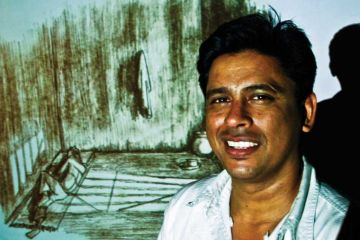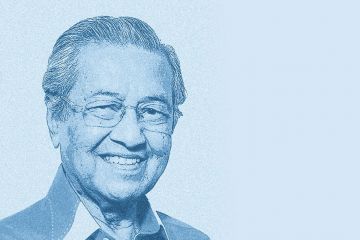
Muhammad Hamza, a
21-year-old student of Jamia Faridia, one of the largest seminaries in
Islamabad, doesn’t think his degree in religious sciences will give him money
in life. He belongs to Rawalakot, a major town in Pakistani-administered
Kashmir, and joined Jamia Faridia four years ago. Four more years and he will
complete his studies at the seminary. Four more years will make him eligible to
apply for a job as an Imam (prayer leader) in government-run mosques anywhere
in the country,





